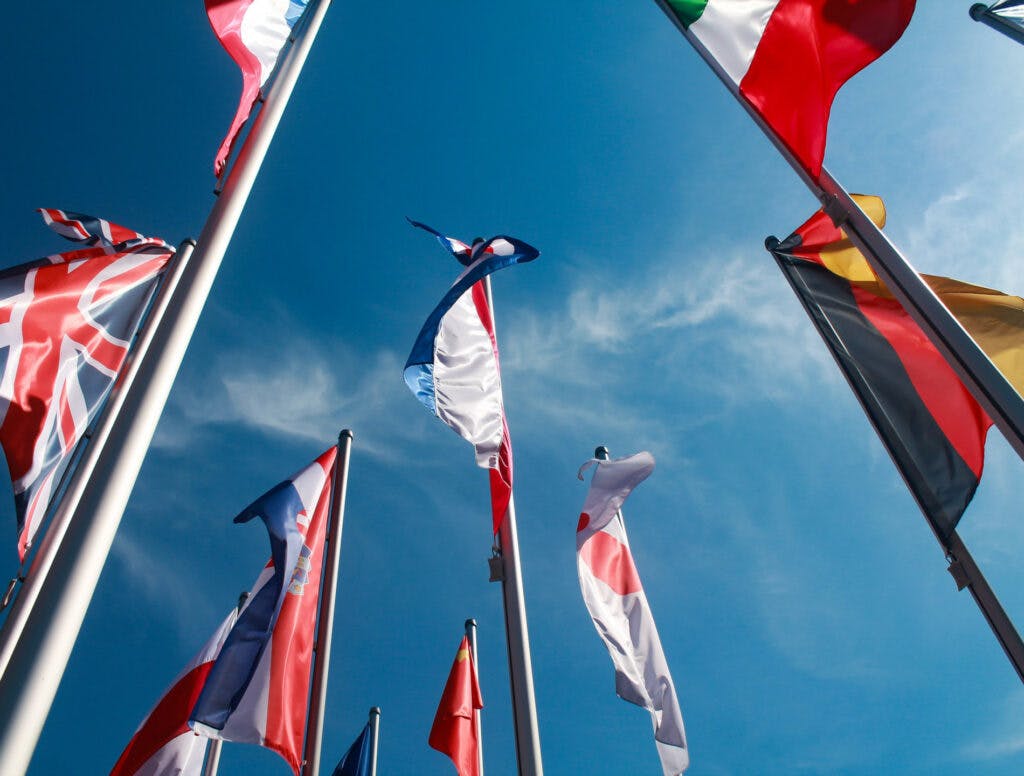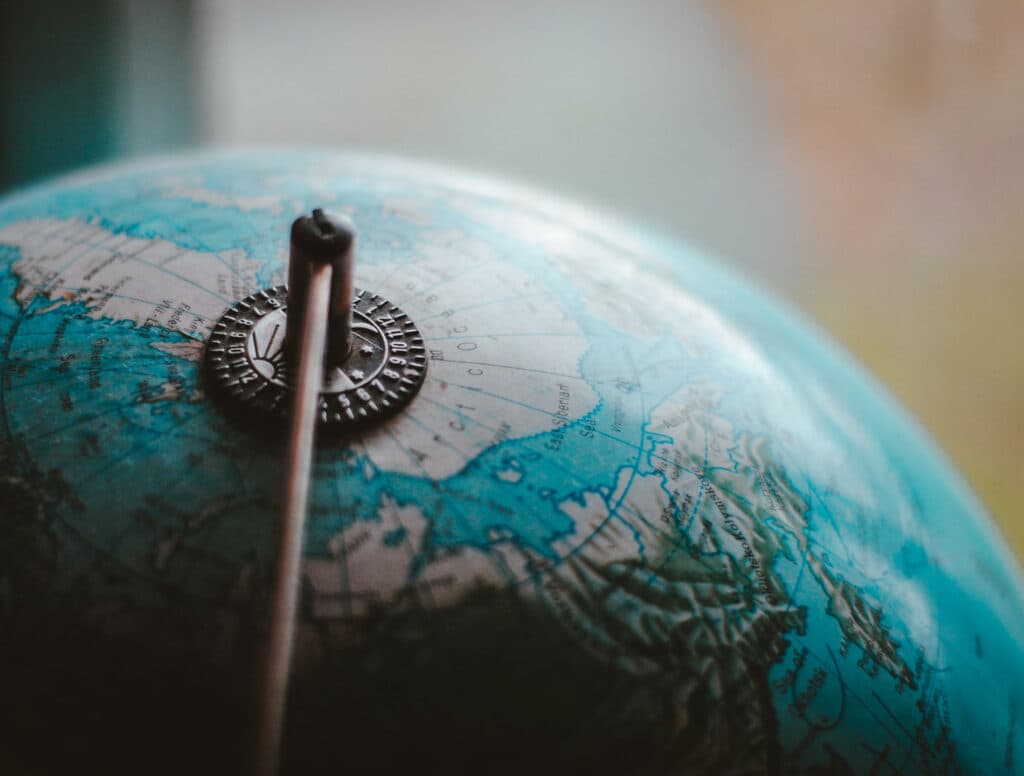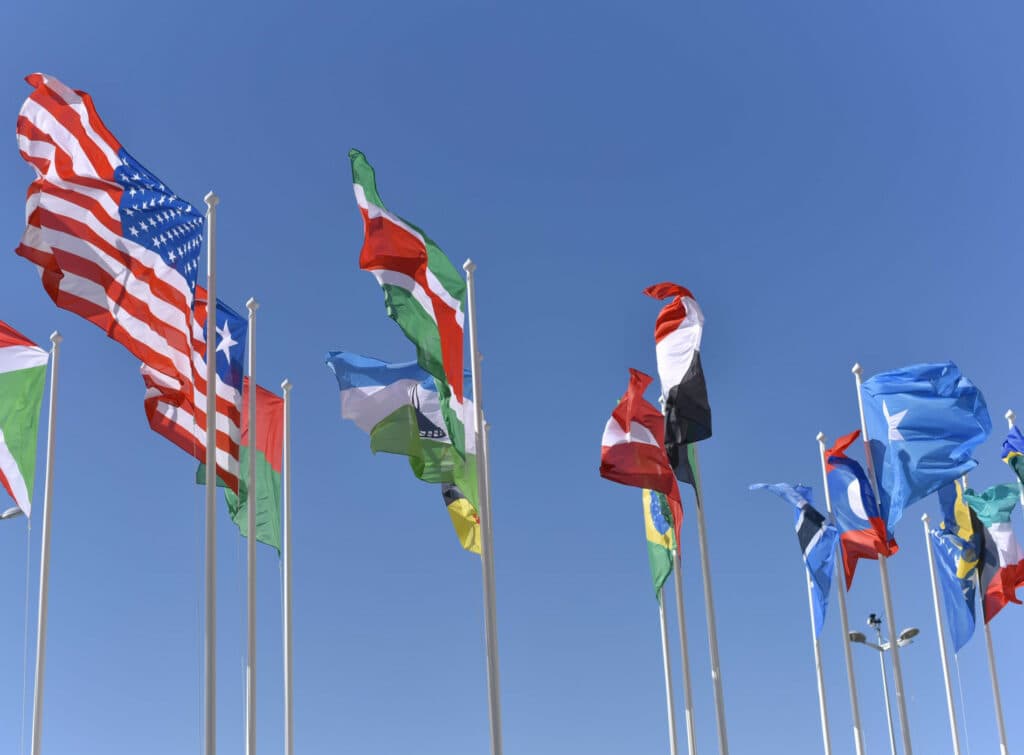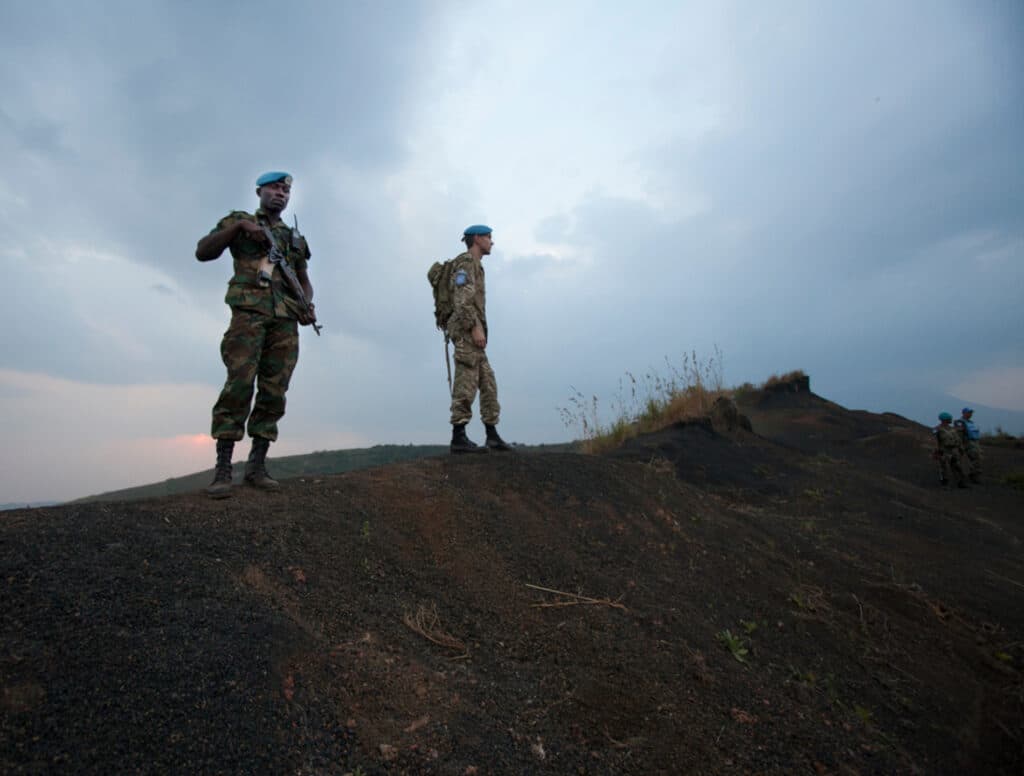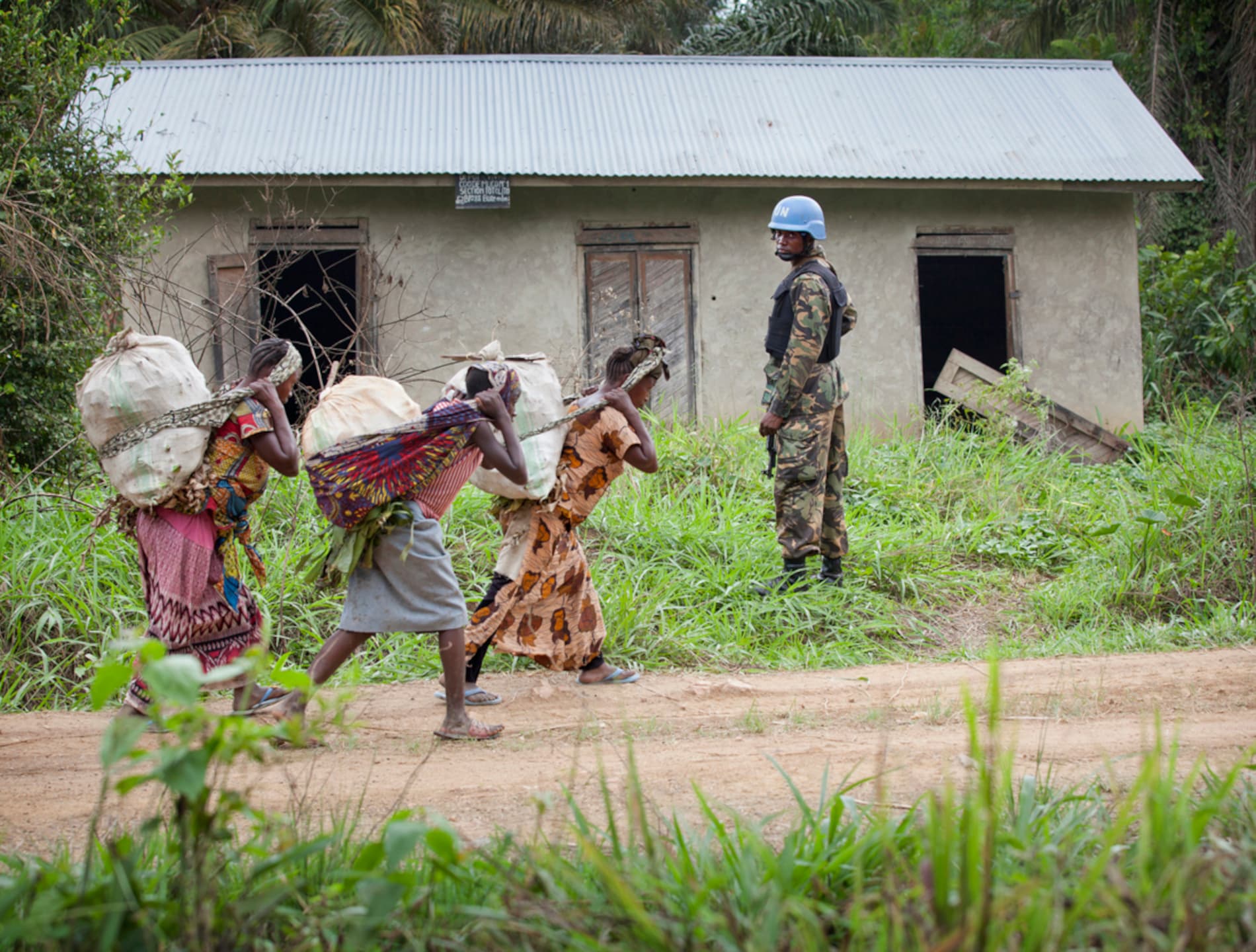
Who is protected by IHL?
Civilians, combatants, and other groups protected under international humanitarian law.
In situations of armed conflict, no person is outside of the scope of protection of international humanitarian law. However, the law affords different protections to different people in different circumstances.
In situations of armed conflict, no one is completely without protection, but the level of protection depends on the status or behaviour of persons, their nationality, and the specific circumstances they are in. Do they find themselves in a situation of ongoing hostilities, is the person being detained by or in the power of a party to the conflict, or is the individual part of a population living under occupation?
A central element for the level and form of protection is whether a person is a civilian, a combatant, or a fighter.
Who is a combatant and who is a civilian?
A central notion in international humanitarian law (IHL) is the principle of distinction. In both situations of hostilities (traditional Hague Law), and the rules of protection (Geneva Law), there are significant differences in the levels of protection provided for those who are civilians and those who are taking part in hostilities.
Combatants and armed forces
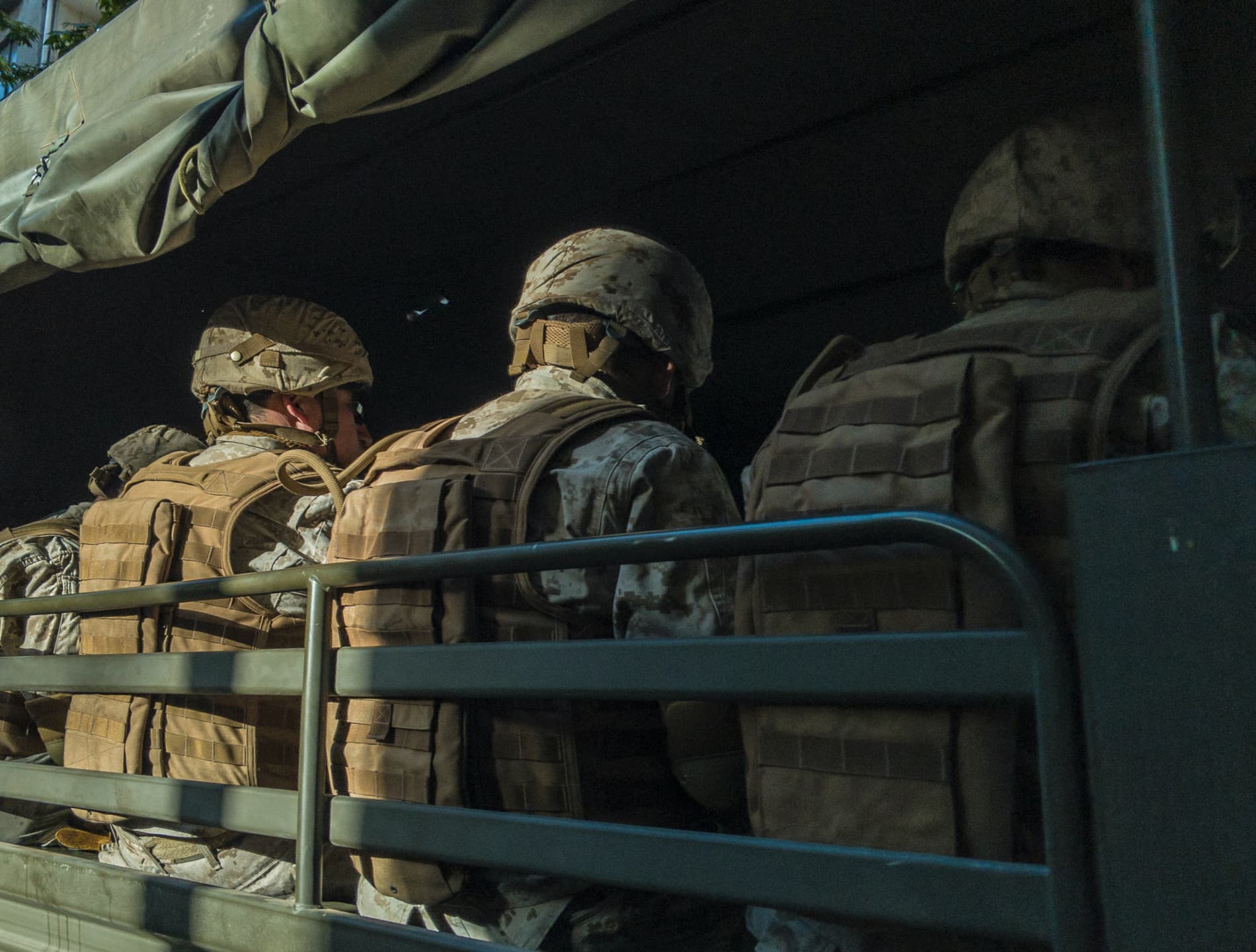
The term combatant only applies in situations of international armed conflict (IAC). Combatants may be directly targeted during an armed conflict. Even when they are engaged in hostilities, they are protected from “unnecessary suffering and superfluous injury”. If combatants are captured, they are entitled to prisoner of war status. This means that they cannot be punished for merely participating in hostilities, but that they can be detained until the end of the conflict.
In non-international armed conflict, armed forces are subject to direct attack. However, POW status does not exist in NIAC.
Three treaties set out definitions of who is a combatant:
- Article 3 of the 1899 Hague Regulations provides: The armed forces of the belligerent parties may consist of combatants and non-combatants.
- Article 3 of the 1907 Hague Regulations provides: The armed forces of the belligerent parties may consist of combatants and non combatants.
- Article 43 of Additional Protocol 1: The armed forces of a Party to a conflict consist of all organised armed forces, groups and units which are under a command responsible to that Party for the conduct of its subordinates, even if that Party is represented by a government or an authority not recognised by an adverse Party. Members of the armed forces of a Party to a conflict (…) are combatants, that is to say, they have the right to participate directly in hostilities.
Combatants include both regular armed forces and irregular armed forces. In non-international armed conflict, organised armed groups constitute the armed forces of a non-state party to the conflict and consist only of individuals whose continuous function it is to take a direct part in hostilities (“continuous combat function”).
Civilians
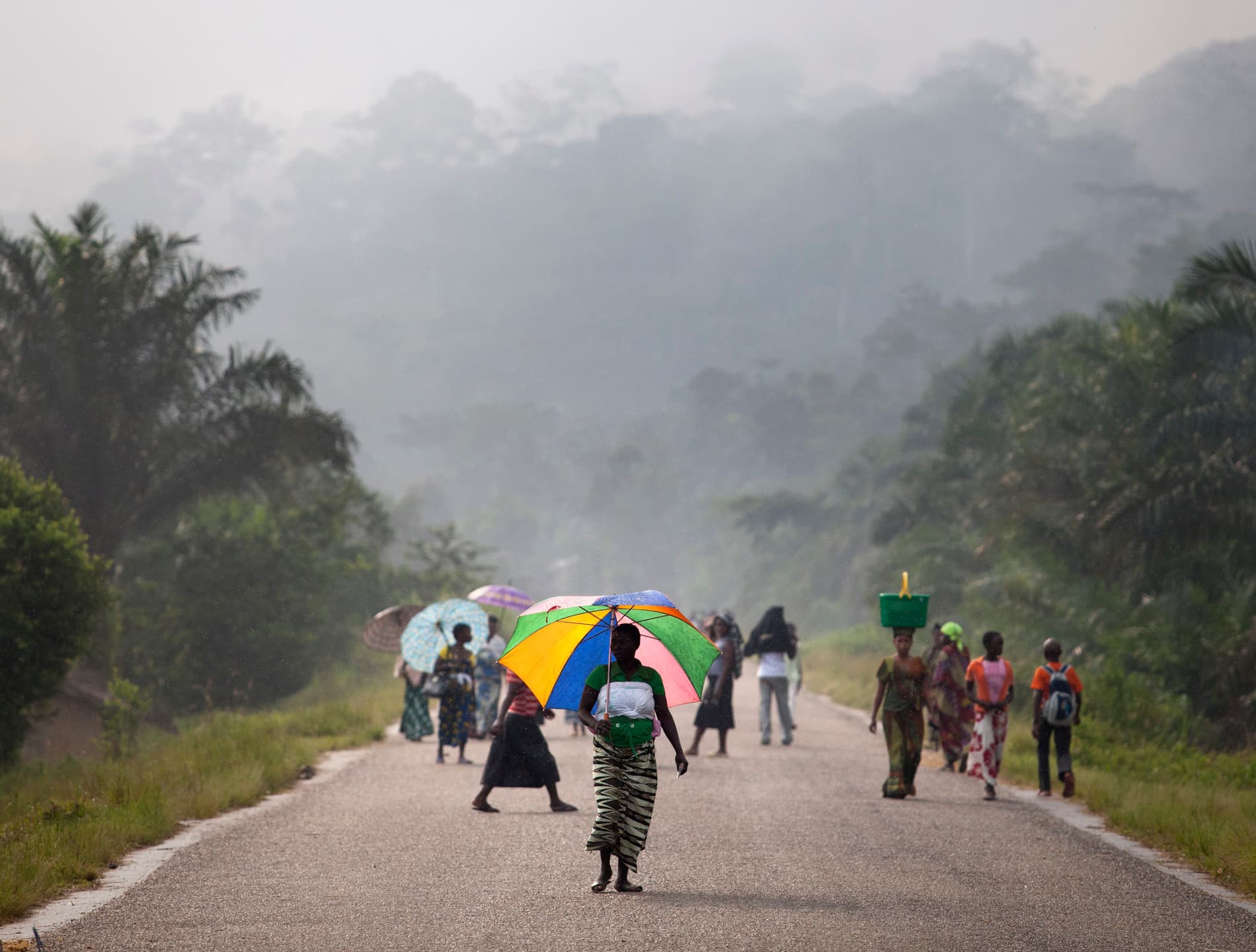
Civilians endure horrifying suffering in armed conflict, and they are often the prime victims of genocide, ethnic cleansing, forced displacement, and indiscriminate attacks, as well as starvation, and sexual violence.
Civilians are protected against direct attacks and the effects of conflict, as long as they are not directly participating in hostilities. Special protections are afforded to women and children.
Everyone who is not a member of an armed force is a civilian.
Protected persons
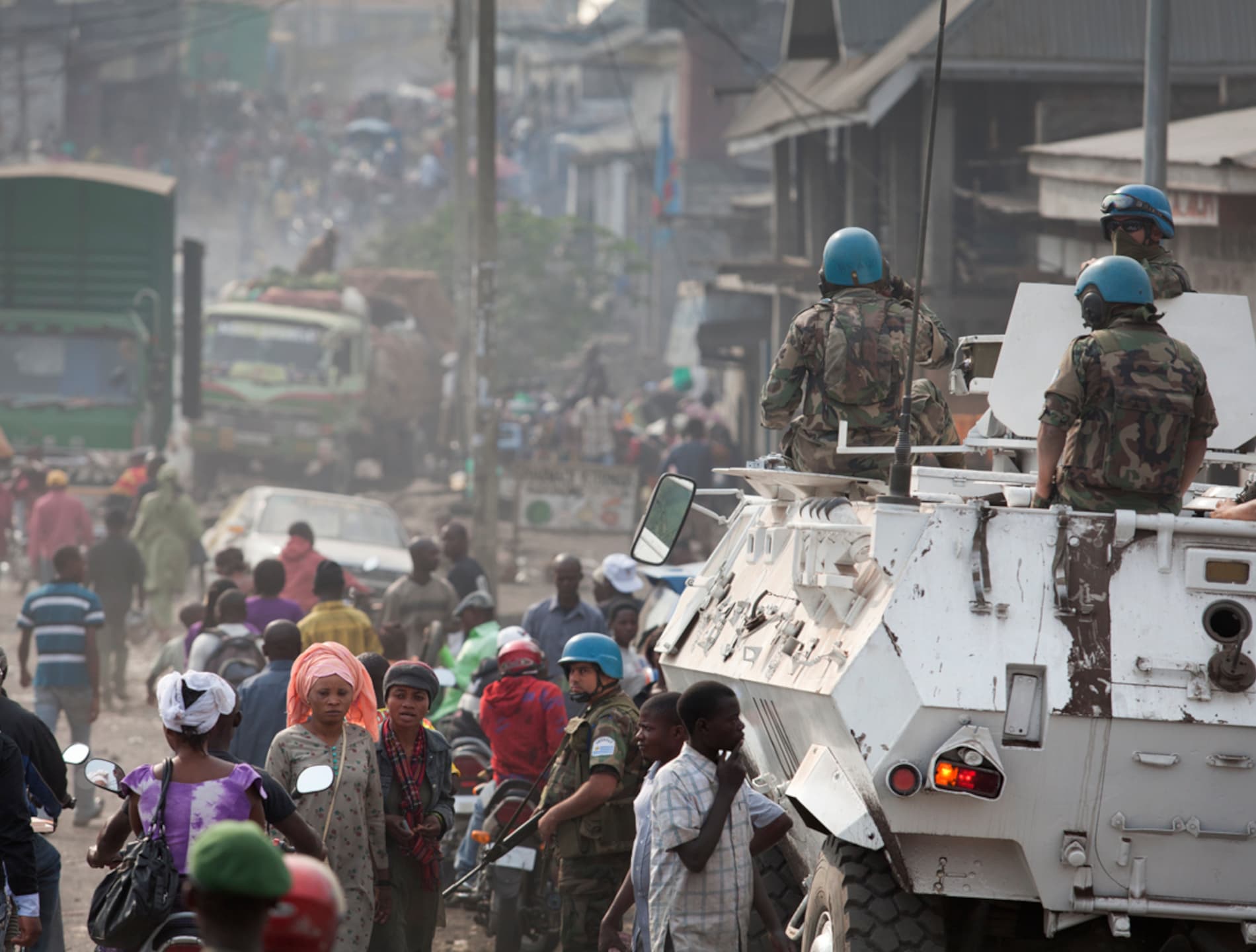
The term "protected persons", which only applies to international armed conflicts, refers to specific protections afforded to people who have fallen into the hands of or are under the control of the adversary. These protections cover both civilians and combatants. There are four categories of protected persons: wounded and sick; wounded, sick and shipwrecked; prisoners of war; civilians in occupied territory or in territory of the enemy.
